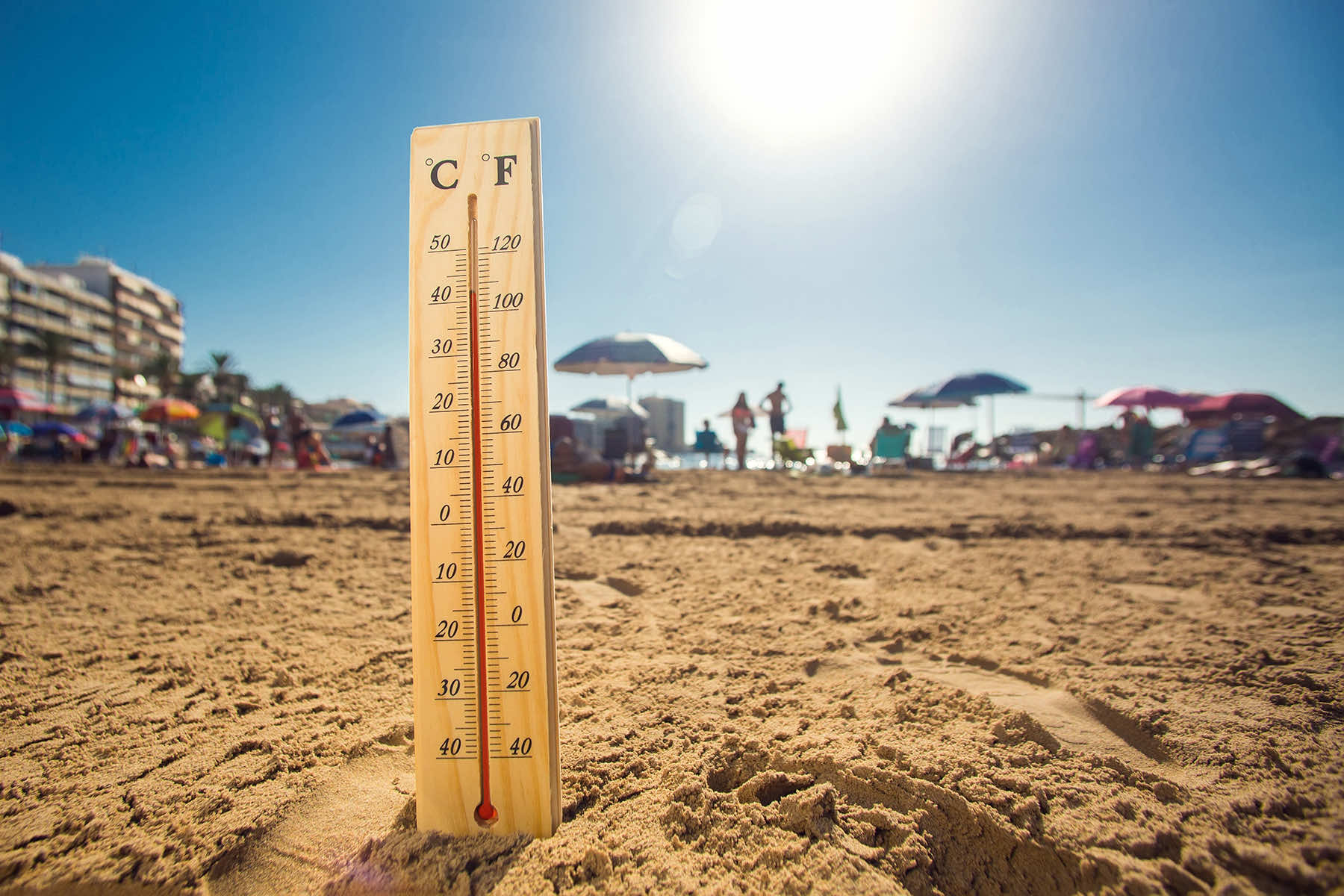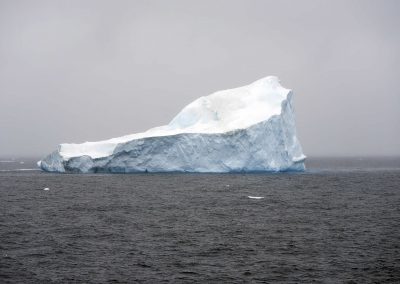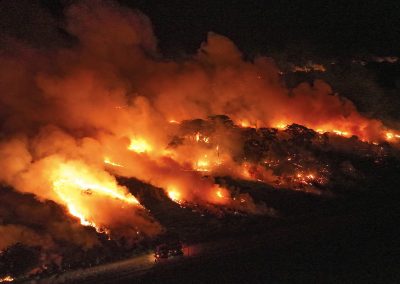
The U.N. weather agency said last December that 2023 is all but certain to be the hottest year on record, and warning of worrying trends that suggest increasing floods, wildfires, glacier melt, and heat waves in the future.
The World Meteorological Organization also warned that the average temperature for the year is up some 2.5 degrees Fahrenheit from pre-industrial times, a mere one-tenth of a degree under a target limit for the end of the century as laid out by the Paris climate accord in 2015.
The WMO secretary-general said the onset of El Nino in early 2023, the weather phenomenon marked by heating in the Pacific Ocean, could tip the average temperature in 2024 to over the 2.7 degrees Fahrenheit target cap set in Paris.
“It’s practically sure that during the coming four years we will hit this 2.7, at least on temporary basis,” Petteri Taalas said in an interview. “And in the next decade we are more or less going to be there on a permanent basis.”
WMO issued the findings last December, just prior to the U.N.’s annual climate conference in the oil-rich United Arab Emirates city of Dubai.
The U.N. agency said the benchmark of key Paris accord goal will be whether the 1.5-degree increase is sustained over a 30-year span, not just a single year, but others say the world needs more clarity on that.
“Clarity on breaching the Paris agreement guard rails will be crucial,” said Richard Betts of Britain’s Met Office, the lead author of a new paper on the issue with University of Exeter published in the journal Nature.
“Without an agreement on what actually will count as exceeding 1.5 degrees Celsius, we risk distraction and confusion at precisely the time when action to avoid the worst effects of climate change becomes even more urgent,” he added.
WMO’s Taalas said that whatever the case, the world appears on course to blow well past that figure anyway.
“We are heading towards 2.5 to 3 degrees warming and that would mean that we would see massively more negative impacts of climate change,” Taalas said, pointing to glacier loss and sea level rise over “the coming thousands of years.”
The nine years 2015 to 2023 were the warmest on record, WMO said. Still, there are some signs of hope – including a turn toward renewable energies and more electric cars, which help reduce the amount of carbon that is spewed into the atmosphere, trapping heat inside.
“We have to reduce our consumption of coal, oil, and natural gas dramatically to be able to limit the warming to the Paris limits,” Taalas said. “Luckily, things are happening. But still, we in the Western countries, in the rich countries, we are still consuming oil, a little bit less coal than in the past, and still natural gas.”
Taalas said that reduction of fossil fuel consumption would be the key to success.


















